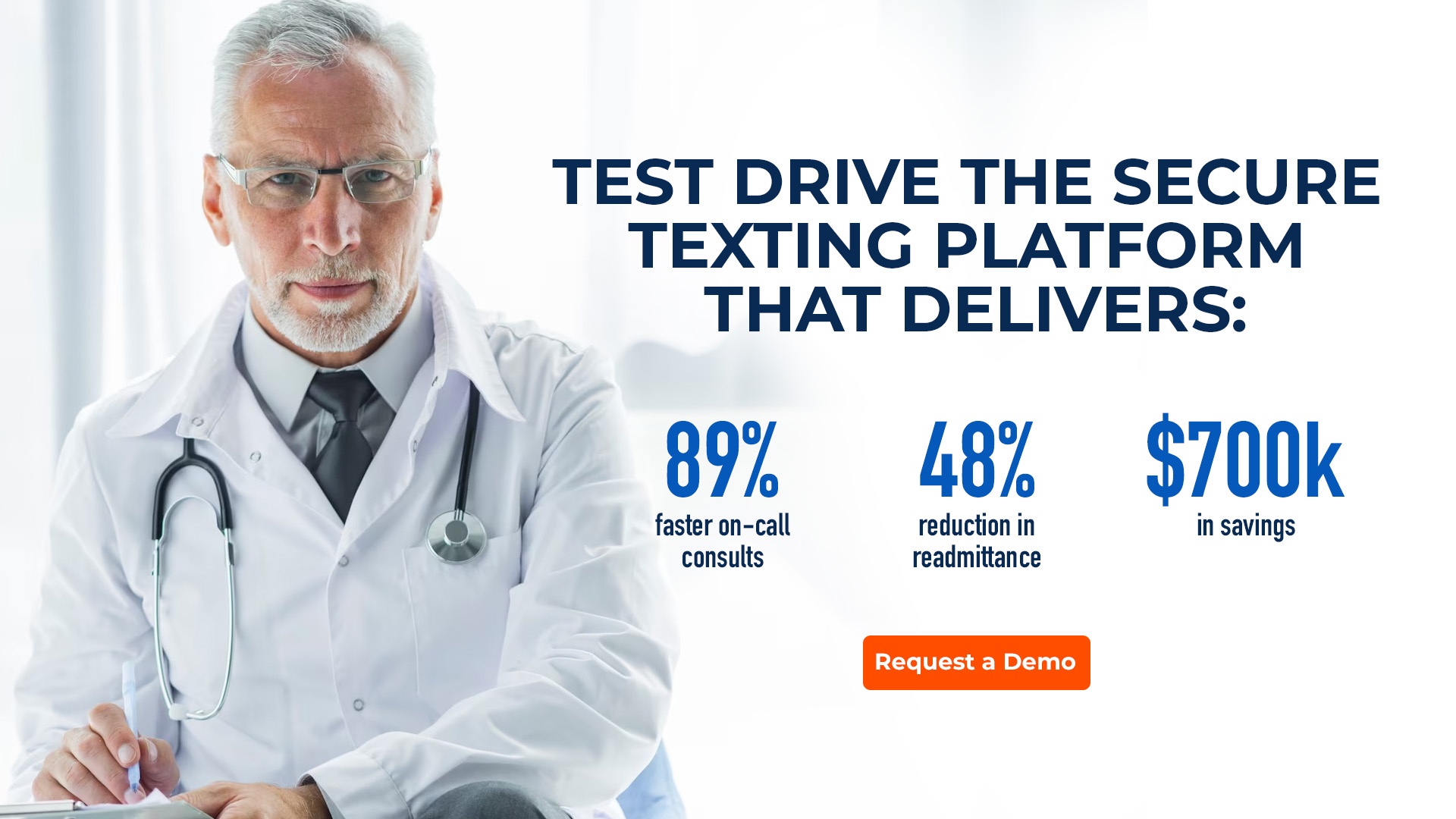The Transformative Power of Patient Communication: Enhancing Social Determinants of Health, Public Health, and Access to Care
.jpg)
Social Determinants of Health (SDOH) encompass a wide range of factors, from socio-economic status to cultural influences, that significantly impact individuals' well-being. Effective communication between healthcare providers and patients is increasingly recognized as a crucial factor in mitigating any negative effects associated with these determinants. This paper delves into the ways in which communication positively influences SDOH, public health, and access to care.
Patient Communication and Social Determinants of Health
Socio-Economic Status: Effective communication between healthcare providers and patients can bridge gaps related to socio-economic disparities. For instance, clear communication about available medication assistance programs, affordable treatment options, and community resources can empower patients to overcome financial barriers to care.
Example: A physician engaging in open communication with a low-income patient about available support programs for medication costs can positively impact the patient's ability to adhere to prescribed treatments.
Language Barriers: A communication platform can assist in overcoming language barriers between patients and their care teams . With translation capabilities or the ability to include interpreters in secure communications, both parties can feel comfortable communicating with one another.
Example: By scheduling through the Backline platform, a physician can send out an appointment reminder to a patient in their preferred language.
Patient Communication and Public Health:
Health Literacy: Effective communication is a cornerstone of health literacy, a critical component of public health. Patients with better health literacy are more likely to engage in preventive care, understand treatment plans, and make informed decisions about their health.
Example: Nurses providing clear and accessible information about vaccination campaigns during flu season can contribute to improved public health outcomes by promoting widespread understanding and participation.
Patient Communication and Access to Care:
Cultural Competence: Culturally sensitive communication is pivotal in ensuring equitable access to care. Healthcare providers who engage in culturally competent communication are better equipped to understand and address the unique needs of diverse patient populations.
Example: A physician taking the time to understand a patient's cultural background and communication preferences can foster trust, encouraging the patient to seek timely and appropriate care.
Backline Improves Patient Outcomes
When medication management is done correctly, patients are more likely to adhere to treatment plans, achieve better health outcomes, experience fewer side effects, and avoid unnecessary hospitalizations or emergency room visits. Backline facilitates easy patient and clinician communication through text, voice, or video with app-less document sharing across the entire care team. Care team members use Backline to send automated appointment reminders, check in with patients remotely on a scheduled or as-needed basis, and share patient education materials.
Today, patients and their families play an integral role in their care. Engaged patients are more likely to follow their treatment plans, which in turn leads to lower hospital readmission rates and healthcare costs. Backline’s patient engagement platform for healthcare helps caregivers improve outcomes. Clinicians can use one platform to communicate with patients, share discharge instructions and other educational materials, send appointment and prescription refill reminders, request information and electronic signatures via interactive forms, and more.
One example is the impact and burden RSV has on families. The National Coalition for Infant Health created an RSV awareness campaign to encourage policymakers to support innovation and ensure timely and equitable access to care. Surveyed healthcare providers agreed immunizations and vaccine-like interventions could help minimize the burden of RSV. The combination of policy and innovations like Backline can help reduce the burden of RSV on families.
Patient Communication is a Catalyst for Positive Change
In conclusion, effective patient communication is a catalyst for positive change in addressing social determinants of health, improving public health outcomes, and improving access to care. Healthcare providers, particularly physicians and nurses, play a pivotal role in creating a healthcare environment that is sensitive to the diverse needs of patients. By recognizing the impact of communication on these key aspects, we move closer to achieving a more equitable and patient-centered healthcare system. As we navigate an ever-evolving healthcare landscape, prioritizing effective communication remains paramount in promoting health equity and improving overall health outcomes for diverse populations.
Sources
Reference: Adler NE, Stead WW. Patients in context—EHR capture of social and behavioral determinants of health. N Engl J Med. 2015;372(8):698-701.
Reference: Berkman ND, Sheridan SL, Donahue KE, Halpern DJ, Crotty K. Low health literacy and health outcomes: an updated systematic review. Ann Intern Med. 2011;155(2):97-107.
Reference: Betancourt JR, Green AR, Carrillo JE, Ananeh-Firempong O 2nd. Defining cultural competence: a practical framework for addressing racial/ethnic disparities in health and health care. Public Health Rep. 2003;118(4):293-302.



